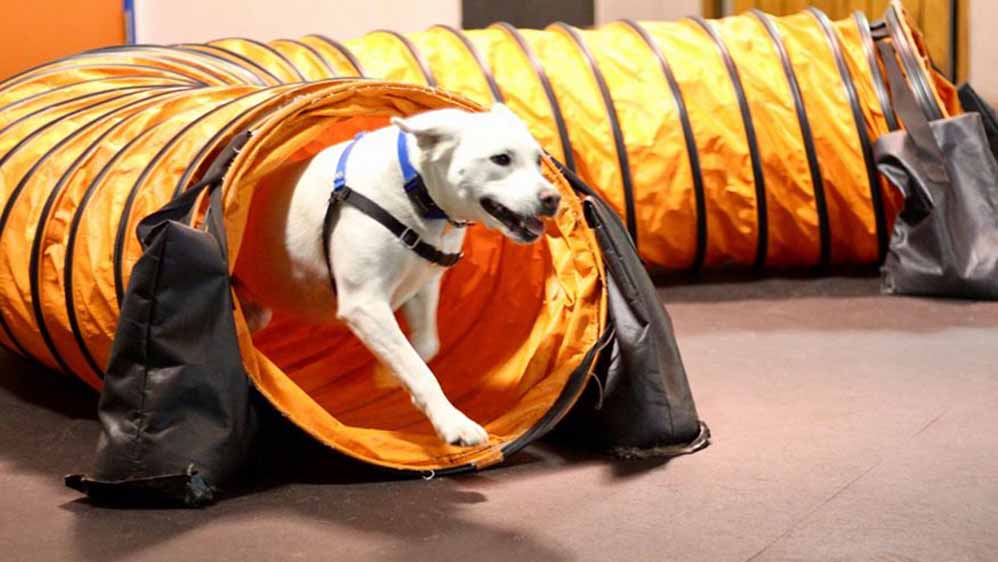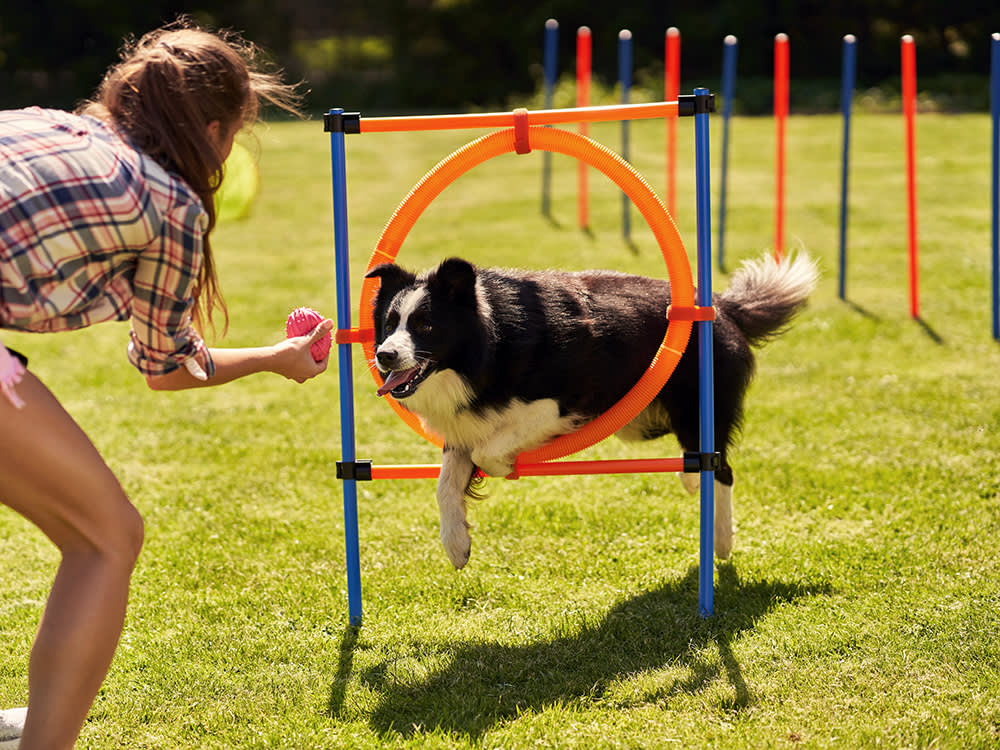Vital Tips for Successful Dog Training: An Overview for Pet Owners
Effective canine training is a diverse process that calls for a strategic method tailored to both the animal's character and the proprietor's objectives. Understanding how to navigate these barriers can significantly improve the training experience, eventually transforming the connection between proprietor and canine.
Understanding Canine Behavior
Understanding dog behavior is essential for effective training and promoting a harmonious relationship in between pooches and their proprietors. Canines connect primarily via body movement, articulations, and activities, making it crucial for proprietors to interpret these signals precisely. Recognizing a dog's posture, tail position, and ear alignment can supply insights right into its mood. For example, a wagging tail does not always suggest happiness; it can likewise signal enjoyment or anxiousness.

Socialization plays a considerable role in canine habits; exposure to various environments, people, and other animals can dramatically impact a pet's character. Variables such as breed characteristics and private character must direct training approaches, as some types may have particular behavioral traits that require tailored methods. By comprehending these elements, proprietors can create a helpful environment that motivates positive actions, causing effective training end results and a much deeper bond with their family pets.
Establishing Constant Commands
Effective communication with your canine starts with establishing regular commands. This fundamental aspect of training is essential for promoting understanding in between you and your pet dog. Uniformity in the commands you make use of makes certain that your canine can reliably link certain words or phrases with the preferred habits.
When choosing commands, choose clear, distinct words that are easy to say and separate from each other. Avoid utilizing similar-sounding commands that might perplex your dog. For example, making use of "rest" and "stay" is suitable, however "sit" and "struck" could lead to misconceptions.
In addition, maintain the same tone and volume for each and every command. Dogs are sensitive to vocal cues, so differing your tone can produce confusion.
It is just as important to ensure that all relative are on the exact same web page regarding the commands utilized. A united front in command usage will certainly avoid blended signals and reinforce the understanding procedure.
Favorable Support Strategies
The power of positive support in pet dog training hinges on its ability to urge desired behaviors through rewards and appreciation. This method is based in the principle that habits followed by beneficial end results are much more likely to be repeated. By incorporating favorable support right into your training routine, you can effectively form your pet dog's actions in a positive manner.
To apply positive support, it's important to recognize what motivates your pet dog, whether it be deals with, toys, or verbal praise. When your pet does a preferred activity, such as remaining on command, instantly award them with a reward or love. This association between the command and the favorable result reinforces their understanding.
It's essential to timing the benefits properly; providing the support within secs of the wanted habits helps your pet make the connection (dog training). Additionally, uniformity is vital-- make sure that all family members utilize the same commands and reward systems to avoid complication

Progressively, you can minimize the frequency of treats as your canine discovers the actions, transitioning to applaud or recurring benefits. This technique not just fosters a solid bond in between you and your pet but also advertises a favorable discovering setting, making educating an enjoyable experience for both.
Socialization and Interaction
Continually subjecting your pet to a range of environments, individuals, and various other pets is vital for their social development. Socialization should begin early, preferably throughout the important home window of 3 to 14 weeks, when pups are most responsive to new experiences. Nevertheless, older pets can also gain from ongoing socializing efforts.
Introduce your dog to different settings, such as parks, pet-friendly shops, and city locations. This direct exposure assists them adjust to different stimulations, minimizing stress and anxiety and concern actions. Motivate favorable interactions with various other dogs and people, making sure that these experiences are controlled and safe to foster confidence.
Utilize structured playdates with well-mannered canines, as this can enhance your dog's social abilities and educate them proper actions. Obedience courses and training sessions likewise give superb opportunities for socializing, enabling your pet dog to communicate with others in a supervised environment.
Screen your pet dog's body movement throughout interactions, as this will certainly aid you gauge their convenience degree. Slowly raise direct exposure to even more difficult scenarios while guaranteeing that each experience is positive. A well-socialized dog is more most likely to exhibit well balanced behavior, making them a joy to have in any setting.
Addressing Usual Training Challenges
Every canine proprietor will certainly run into training difficulties at some factor, no matter of their canine's age or socializing degree. Determining usual issues such as stubbornness, diversions, and terror can assist in creating efficient approaches for enhancement.

Slowly present interruptions as the canine becomes see post more skillful in commands. Short, regular training sessions are also reliable in preserving attention.
Fearfulness can hinder a pet's discovering process. Gradual desensitization to the source of fear, coupled with positive support, can assist relieve anxiety. Persistence is essential; never compel a pet dog right into a situation that triggers distress, as this may intensify the problem.
Ultimately, understanding and resolving these typical difficulties with a structured strategy will certainly promote a much more productive training experience, reinforcing the bond in between canine and proprietor while promoting efficient knowing.
Conclusion
In recap, successful pet training depends on a comprehensive understanding of canine habits, the establishment of regular commands, and the application of positive support techniques. Socializing plays a crucial function in developing well-adjusted family pets, while dealing with usual training challenges calls for persistence and versatility. By carrying out these important approaches, animal proprietors can foster a solid bond with their pets and promote preferable behaviors, ultimately leading to a harmonious partnership between people and their canine friends.
Understanding dog actions is crucial for effective training and cultivating an unified recommended you read partnership in between pooches and their proprietors.Socialization plays a substantial role in dog actions; direct exposure to various atmospheres, individuals, and various other pets can significantly affect a pet's temperament.The power of positive reinforcement in pet dog training exists in its capability to motivate preferred habits via incentives and appreciation. By integrating favorable reinforcement right into your training routine, you can effectively shape your pet's actions in a constructive manner.
In summary, successful pet dog training depends on a thorough understanding of canine actions, the facility of regular commands, and the application of favorable support methods.